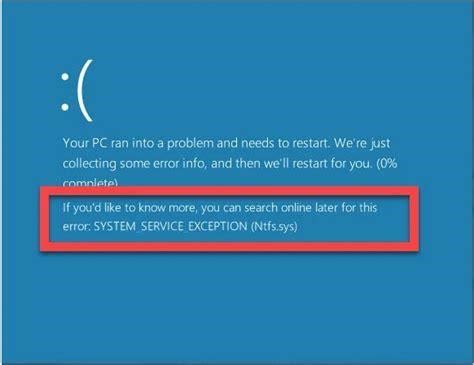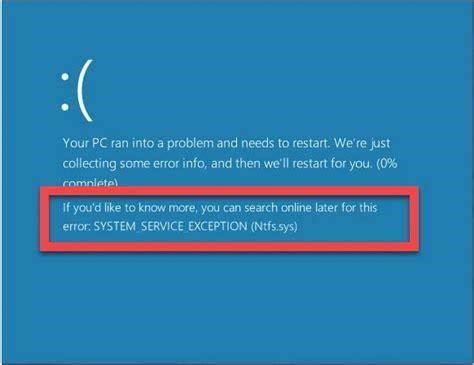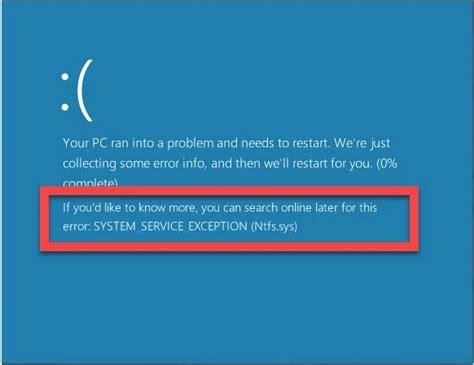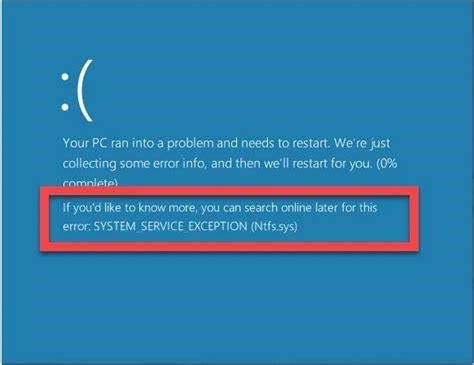Resolving Network File Explorer Issues on Windows 11
As Windows 11 gains traction, many users are transitioning from Windows 10 and encountering issues surrounding Network File Explorer. We’ll examine common problems and propose actionable solutions to restore full network functionality.
Network Folders Disappearing from File Explorer
A prevalent complaint involves network folders intermittently disappearing from File Explorer’s navigation pane. This frustrating glitch surfaces under various conditions:
- After upgrading to Windows 11 from 10
- Following a reboot or restart
- When toggling IPv6 settings on and off
To resolve, first confirm that file and printer sharing is enabled on both PCs. Access Windows Firewall settings and verify the File and Printer Sharing box is checked under Allowed Apps and Features.
Next, examine your network adapter properties. Disabling IPv6 can apparently trigger the issue, so re-enable this setting if applicable.
Does Windows 11 need File Explorer?
If you’re using a Windows 11 PC, at some point you’ll need to open File Explorer. This Windows app gives you access to your connected drives, cloud locations like OneDrive, network attached storage devices, and more. File Explorer is the gateway to your data—without it, you can’t find or use your files.
Does Windows 11 have tabs?
A third-party file explorer brings one of the most requested file-related features to Windows 11. While Windows 11 has a refreshed File Explorer, many were disappointed to see that the app lacks tab support. People have clamored for tabs in File Explorer for years, but at least for now, Microsoft hasn’t obliged.
Should folders still not display consistently, reset your network settings entirely via Settings > Network & Internet > Advanced Network Settings > Network Reset. This will revert settings to factory defaults.
For persistent cases, some users report success by navigating to File Explorer’s View tab, accessing Options, and enabling the "Launch folder windows in a separate process" box.
Ultimately, a problematic network adapter could be to blame. Utilize Device Manager to uninstall the adapter completely, then restart your PC and let Windows automatically reinstall it.
Failed File Transfers and Permissions Errors
Another common complaint surrounds failed file transfers between Windows 11 and other devices, often accompanied by permissions errors. This arises when the Network Discovery and File Sharing options are misconfigured.
Access these settings through Control Panel > Network and Internet > Network and Sharing Center. Ensure Network Discovery is toggled On andFile Sharing is enabled for both public and private networks. If File Sharing is grayed out, first enableNetwork Discovery.
With sharing enabled, navigate to Advanced Sharing Settings via Network and Sharing Center. Under All Networks, confirm that network discovery is activated, file and printer sharing is operational, password protected sharing is disabled, and public folder sharing is allowed.
What’s new in Windows 11 & 10?
The update includes a handful of new features, including the ability to set Files as the default file manager on Windows 11 and Windows 10. This was a highly requested feature and should make it a bit easier to switch to Files. The update to Files adds some other useful features, including the ability to use CTRL+SHIFT+C to copy a file path.
How do I fix windows 11 File Explorer problems?
Restart your PC and launch a File Explorer window. Windows 11 includes a System Maintenance tool to help you scan your PC for common problems. You should run this tool when your File Explorer goes haywire, as there’s a good chance you can fix your issues with this tool.
Occasionally, toggling these options off, rebooting, and re-enabling resolves issues. Furthermore, Windows includes a File Sharing Wizard accessible through Control Panel > Network and Internet > Set Up A Connection or Network > Set Up A New Network. Walk through the prompts to troubleshoot and correct any sharing or permissions issues.
For deeper troubleshooting, use Microsoft’s Network Connectivity Troubleshooter, accessible through Settings > System > Troubleshoot > Other Troubleshooters > Network Connectivity. This automated tool can diagnose and resolve many common problems.
Missing Network Computers and Devices
Network computers, printers and other devices may inexplicably disappear from Network File Explorer. Often, this indicates malformed network discovery settings.
Open Control Panel > Network and Internet > Network and Sharing Center and ensure Network Discovery is toggled On. Next, access Advanced Sharing Settings and confirm the top option "Turn on network discovery" is enabled. If devices still won’t show up, select the "Turn on automatic setup of network connected devices" box.
Now examine your network firewall. If discovery is enabled but devices still won’t appear, the firewall may be blocking necessary network traffic. Verifythat ICMP Echo Request (Type 8) and ICMP Echo Reply (Type 0) are allowed inbound and outbound.
What if Windows 11 fails to load or keeps crashing?
If your Windows 11 fails to load or keeps crashing down due to corrupted files, you can start up repair to solve issues. It can also be used for repairing corrupted or broken files in Windows 11. Follow these steps to startup repair:
How do I share files on a local network on Windows 11?
To share files on a local network using the express settings on Windows 11, use these steps: Open File Explorer on Windows 11. Open the location with the folder to share. Right-click the item and select the Properties option. Click the Share button.
Does Windows 11 support file sharing?
Windows 11 offers two powerful built-in features for file sharing on the same network: File Sharing and Nearby Sharing. These features make it effortless to share files between computers within your local network. Additionally, it offers email and cloud features like OneDrive to transfer files between computers using the Internet.
Does Windows 11 have a file manager?
Files, a third-party file explorer for Windows, recently received an update to version 2.0.33. The update includes a handful of new features, including the ability to set Files as the default file manager on Windows 11 and Windows 10. This was a highly requested feature and should make it a bit easier to switch to Files.
For DNS issues, access your adapter settings through Control Panel > Network and Internet > Network Connections. Select your adapter, click Properties, choose Internet Protocol Version 4 (TCP/IPv4), hit Properties again, and validate that "Obtain DNS server address automatically" is selected.
Finally, your router firmware itself could be the culprit. Check the manufacturer website for firmware updates – installing the latest build often resolves general connectivity and network browsing issues.
The Takeaway
While the networking stack saw little alteration from Windows 10, the Windows 11 upgrade and changing settings can destabilize previously working configurations. By following the structured troubleshooting steps above, you can restore full network visibility and functionally through File Explorer.
Have you encountered and resolved network issues on Windows 11? Please share your experiences in the comments below!
Does Windows 11 have a File Explorer?
In Windows 11, Microsoft has improved the File Explorer with a simplified toolbar, redesigned icons, and color-coded folders—but you can do better. You can get tags, tabs (which Microsoft has said is coming to File Explorer in a later update), and other conveniences by using a third-party File Explorer replacement.
How to fix file explorer problems on Windows 11?
Run System Maintenance Troubleshooter If the above methods fail to resolve the File Explorer issues on Windows 11, then you can try using the System Maintenance Troubleshooter. It can optimize the overall performance of your PC by resolving issues such as broken desktop shortcuts, unused icons, disk volume errors, etc.
Why are my windows 11 files corrupted?
Improper shut-downs, botched Windows updates, malware, viruses, software crashes, or hardware issues can all be the cause of corrupted file problems. Whatever’s behind your Windows 11 corrupted files, though, there are some quick and easy ways to fix them.




